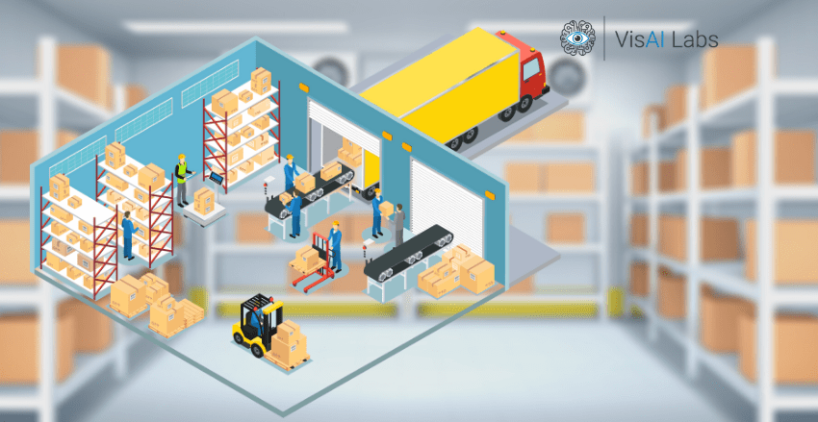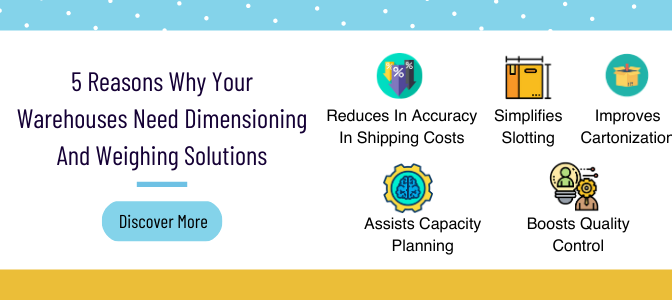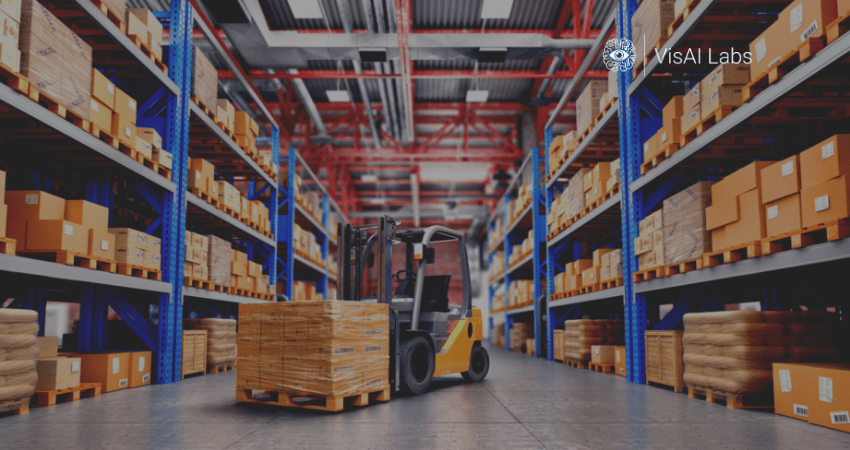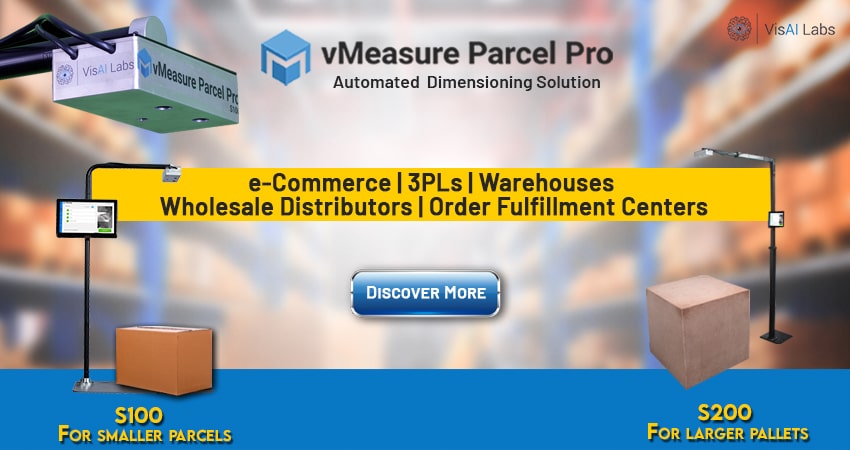Summary
- During the pandemic struck, most businesses began to experience several changes in their working patterns.
- To overcome this, warehouses need to install appropriate software and automation to increase working efficiency.
- Today, understanding the enormous online order requests wave, significant warehouses have begun to deploy automated dimensioning systems to uplift productivity in the warehouse and fulfillment centers.
- Continue reading to learn how warehouses are boosting efficiency by implementing new-generation automated dimensioners.
Topline
The adoption of warehouse automation has been an emerging trend in warehouse and logistics firms. To better understand, we need to analyze some important factors such as cost, operational performance, firm size, and scope to adopt various warehouse automation. At present, various warehouse and logistics firms’ high priority is to identify the suitable technology that bolsters efficient order fulfillment. As the initial step towards advancement, several organizations have begun to adopt automated dimensioning systems and smart robots to surge warehouse productivity.
Boosting warehouse productivity by embracing automation
Automation is becoming more prevalent in almost all businesses, particularly in the logistics and warehouse industries. The primary goal of implementing automation is to turn down the number of repetitive warehouse tasks and procedures.
Robots and AI-based automated dimensioners provide new opportunities to achieve operational efficiency and throughput improvements beyond existing automation efforts as warehouse and logistics firms continue to advance their workspace. Furthermore, by placing these new-age dimensioners and robots, we can significantly shrink the extra labor costs and the rate of human accidents that occur in the workplace in rare cases.
Top 3 reasons to bring automation to embrace productivity in the warehouse:
- To perform hands-free operation:
Hand-free operations are becoming a more efficient warehouse automation process today. Automated dimensioners are a great example of a hands-free warehouse operation, as they eliminate conventional dimensioning, which requires warehouse staff to estimate parcel dimensions using tape and rule. We can put an end to redundant manual operations by allowing warehouse automation.
- To better up supply chain management:
Supply chain management is the soul of the warehouse and logistics industry. According to a recent poll, collaborative robots would complement, not replace, over 30% of operational warehouse workers by 2023. By enabling good automation, we can shorten operational costs and throughput in the warehouse.
- Enhance an intelligent warehouse management system:
By performing various functions such as optimizing the warehouse storage capacity, providing customers pickup and delivery facilities, standardize the workflows, generating an inventory review process, and introducing new advancements to the warehouses to brush-up the productivity.
How new-age automated dimensioners help firms to shoot-up productivity?
At present, automation and robotics are on the rise, and several warehouse managers have decided to adopt the latest technologies to brush up their working efficiency in the warehouse and fulfillment centers. Let us know in-depth how industries benefit from deploying automated dimensioning systems.
1. Automated dimensioning systems
The automated dimensioning system is an innovative AI-based computer vision technology built to measure dimensional details such as length, breadth, height, and width of the varied size and shaped parcels in less than a second. This dimensioning technology is solely built to help industries such as warehouses, distribution centers, intra-logistics automation, and order fulfillment centers.
The four notable benefits of installing an automated dimensioning system to your warehouse include:
- Increased throughput:
Delivering products on an estimated timeframe can consistently help patrons stick with the brand. By deploying the automated dimensioning system, we can terminate bottleneck issues and quickly improve warehouse throughput.
- Reduced manual errors:
Manual errors are a common pitfall that every organization faces; in other words, humans are prone to making mistakes, but they are not always acknowledged. The primary goal of implementing automated dimensioning solutions in the workplace is to provide error-free dimensioning data that aids future capacity planning and reduces unnecessary shipping costs.
- Accurate precision:
The dimensional information is not just numbers; they are the prime source of income! With precise dimensioning details, we can add more value to the warehouse and customers. Furthermore, accurate dimensioning permits to effortlessly generate real-time product reports, manage and track inventory systems, and produce forecast reports to stock up on products based on market trends effectively.
- High-level quality control:
The only quality control theme for almost all verticals is to check for problems before the product reaches the customer’s doorstep. As a result, automated dimensioning systems are equipped with a 3D camera to inspect for anomalies prior to shipment.
Conclusion
Today, almost all individuals reach for online stores to buy new products at their homes’ comfort. There is an overabundance of online orders, as several warehouses need to rush the working efficiency. Despite the fact that, as previously stated, “dimensional information is not just numbers; they are the prime source of income!” To work this out, we need to deploy the automated dimensioning system to the warehouse for improved warehouse potency.
To find out more, we encourage you to check out our company website at www.visailabs.com
vMeasure automated dimensioning solution for your dimensioning needs
Several warehouses, logistics, and distribution centers are in thurst of finding a solution that best fits the business verticals. Understanding this, VisAI Labs have built a vMeasure automated dimensioning solution to measure and record varied size parcels’ dimensioning information in less than a second.
There are two different dimensioners, pallet dimensioners for measuring pallets and crates and parcel dimensioners to measure the dimensional information of small packages, cartons, and individual boxes. With this vMeasure automated dimensioning solution, we can effortlessly synchronize other devices such as weighing scales, barcode scanners, and label printers.





